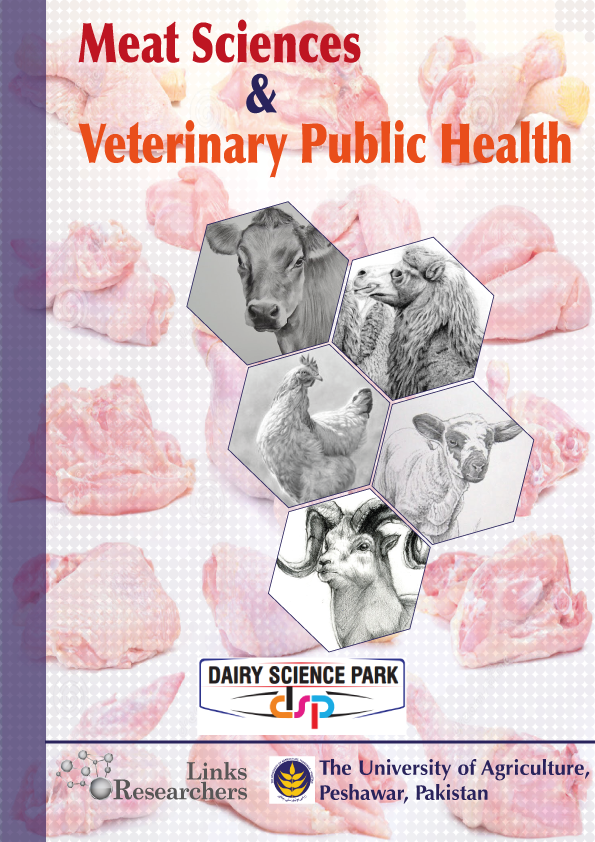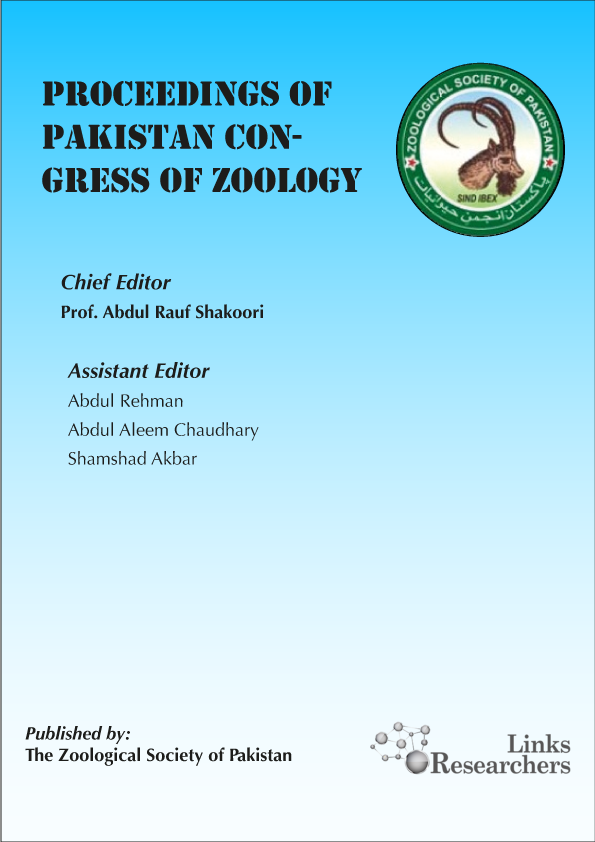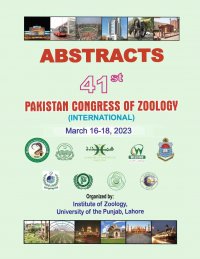Nazish Huma Khan*, Mohammad Nafees and Adila Bashir
Zafar Khan, Asad Sultan, Rajwali Khan, Sarzamin Khan, Imranullah and Kamran Farid
Muhammad Sohail1,*, Muhammad Naeem Khan1, Naureen Aziz Qureshi2 and Abdul Shakoor Chaudhry3
Feroza Haider1,2, Shamim Gul2,3*, Javaid Hussain4, Sadaf Asalam Ghori5, Muhammad Naeem Shahwani6, Muhammad Murad6 and Abdul Manan Kakar7
Tahir Abbas*1, Khawaja Raees Ahmad2, Asmatullah3, Khalid Pervaiz Lone4, Muhammad Ali Kanwal2, Sadia Suleman2
Hamda Azmat1, Waqas Ali2, Arshad Javid2, Ali Hussain2, Syed Makhdoom Hussain3, Zara Saeed1,Syed Shafiq Hussain Bukhari4
Farkhanda Asad1*, Samina Qamer1, Tayyaba Ali1, Ammara Behzad1 and Tahira Yasmin2
Huma Naz1,*, Sajid Abdullah2, Khalid Abbas2 and Muhammad Anjum Zia3
Samina Qamer1, Farkhanda Asad1*, Amna Faiz1, Robina Arshad1, Zunaira Shaheen1 and Tahira Yasmin2
Muhammad Naeem Khan* and Asad Jan
Hafiz Abdullah Shakir1*, Javed Iqbal Qazi2, Abdul Shakoor Chaudhry2, Muhammad Irfan3, Muhammad Khan1, Shaukat Ali4 and Saima Shahzad Mirza5
Korkmaz Bellitürk1, Zubair Aslam2, Ali Ahmad2* and Sami ur Rehman2
Hina Imtiaz1*, Salma Khalid2, Kashaf Riaz1, Muhammad Arshad Ullah3 and Zubair Rehman4
Fazal Wahid1, Arif Ullah Shah1, Muhammad Rahim2*, Fazal Dad1, Nadir Khan1, Saqib Ullah1, Yasir Ali1 and Sayed Ashfaq Ali Shah3
Safia Bibi1, Saima Naz1*, Saba Saeed1, Ahmad Manan Mustafa Chatha2
Moazama Batool1*, Sajid Abdullah2, Huma Naz3, Mubashar Hussain4, Sadia Maalik1, Sajida Mushtaq1, Tanveer Ahmed5 and Laiba Shafique6
Sajid Abdullah1*, Huma Naz2*, Zunera Abbas1, Uzma Nazir1, Mehrunisa Basharat1, Tanveer Ahmed3, Adnan Ahmad Qazi2
Ayman M. Khalifah1*, Walaa A. Kashyout1, Sara A. Abdalla2, Hassan S. Zeweil3, Soliman M. Zahran3, Tarek A. Ebeid4, Waleed M. Dosoky3
Noor Muhammad Khan1,2, Tariq Mahmood Khalil1,3*, Rashid Rehan2 and Iftikhar Zeb4
Mutassim Abdelrahman1, Ibrahim Alhidary1, Majdi Bahaddi1,2, Mohsen Alobre1,3, Riyadh Aljumaah1 and Rifat Ullah Khan4, *
Selvaraj Thanga Malathi¹, Venkatraman Anuradha1*, Mohamed Yacoob Syed Ali2, Muhameed Sajjad Sarwar3, Nagarajan Yogananth2
Roheela Yasmeen1,3* , Faheem Hafeez1 , Umme Ammara1 , Rubab Younas1 , Sibtain Ahmad2 , Zulfiqar Ali3, Zaheer Ahmad Nasir4
Faramin Javandel Soum Sarai1, Mir Daryoush Shakouri2* and Alireza Seidavi3*
ALIA NASEEM, *SUMERA IQBAL & KHAJISTA JABEEN
Efe Peterson Irikefe-Ekeke1, Oghenebrorhie Obakanurhe1*, Adimabua Mike Moemeka1, UfuomaGodstime Sorhue2, Ifeoma Jane Onwumelu1, Ifo Alex Amata2
Hina Jabeen*, Usman Irshad, Kainat Azhar, Alisha Fatima, Asma Zaheer Abbasi, Tayyaba Sadia and Jaweria Aqeel
Featuring
-
Addition of Some Marine Ostracoda and Diplostraca from Pakistan (Northern Arabian Sea) and Restudy of Ctenopod Penilia avirostris and Cyprinid Cypridina dentata
Quddusi B. Kazmi and M.A. Kazmi
Proceedings of Pakistan Congress of Zoology, Vol. 42, pp 75-85, 2024
-
Molecular Analysis of the Two-Component CusS/CusR Regulon for Copper Resistance: Cloning, Phylogenetics, and Structural Modeling
Soumble Zulfiqar and Abdul Rauf Shakoori
Proceedings of Pakistan Congress of Zoology, Vol. 42, pp 65-74, 2024
-
Seasonal Prevalence and Impact of Environmental Variables in Emergence of Aedes Mosquito in Multan, Pakistan
Faheem Ali and Amjad Farooq
Proceedings of Pakistan Congress of Zoology, Vol. 42, pp 59-64, 2024
-
Bioaccumulation of Heavy Metals in Freshwater and Marine Fish Species of Pakistan
Hina Jabeen, Usman Irshad, Kainat Azhar, Alisha Fatima, Asma Zaheer Abbasi, Tayyaba Sadia and Jaweria Aqeel
Proceedings of Pakistan Congress of Zoology, Vol. 42, pp 51-57, 2024
Subscribe Today
Receive free updates on new articles, opportunities and benefits

© 2024 ResearchersLinks. All rights Reserved. ResearchersLinks is a member of CrossRef, CrossMark, iThenticate.













